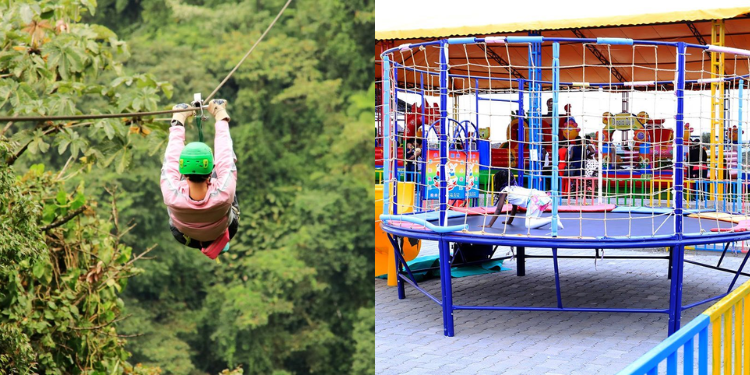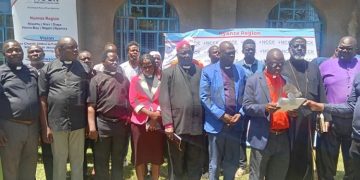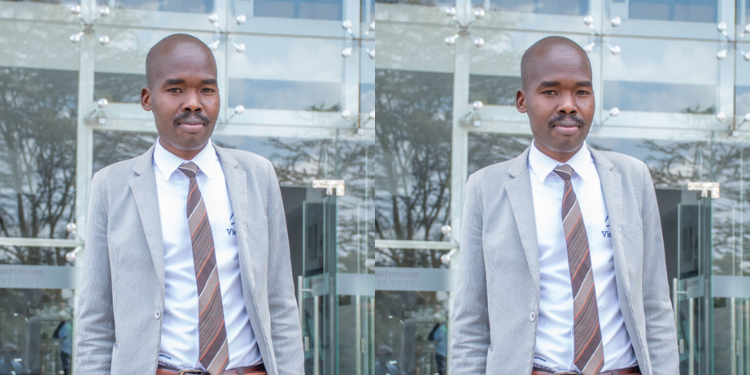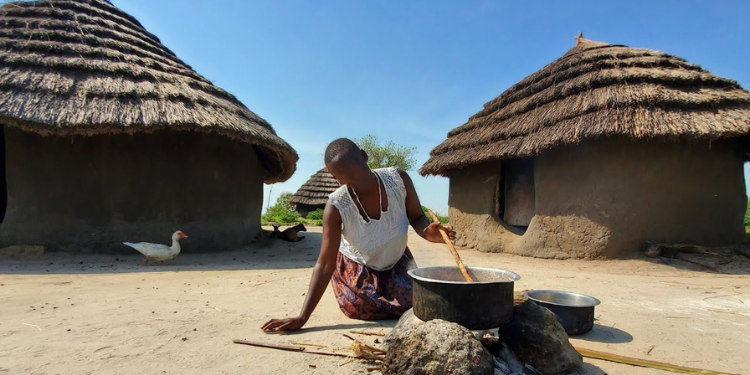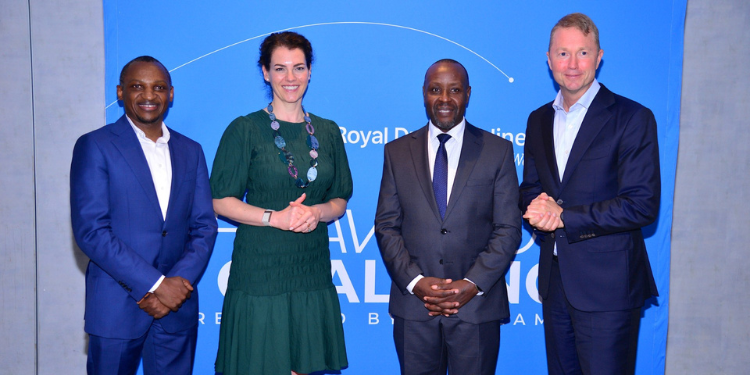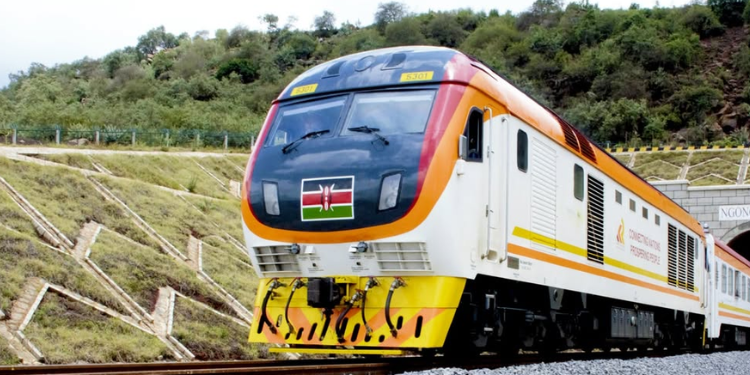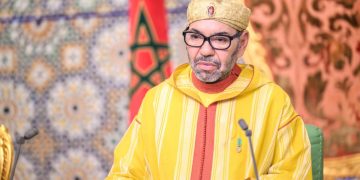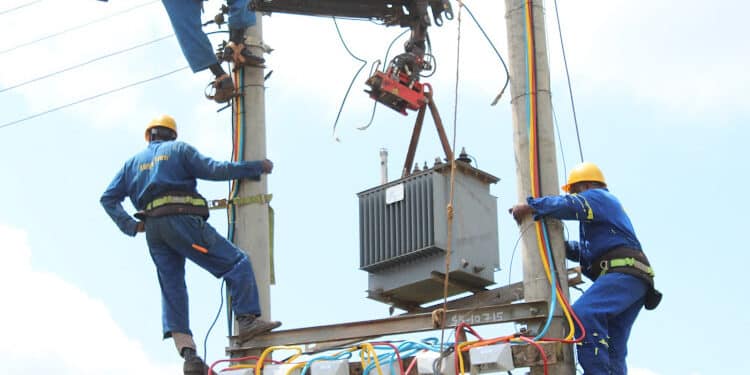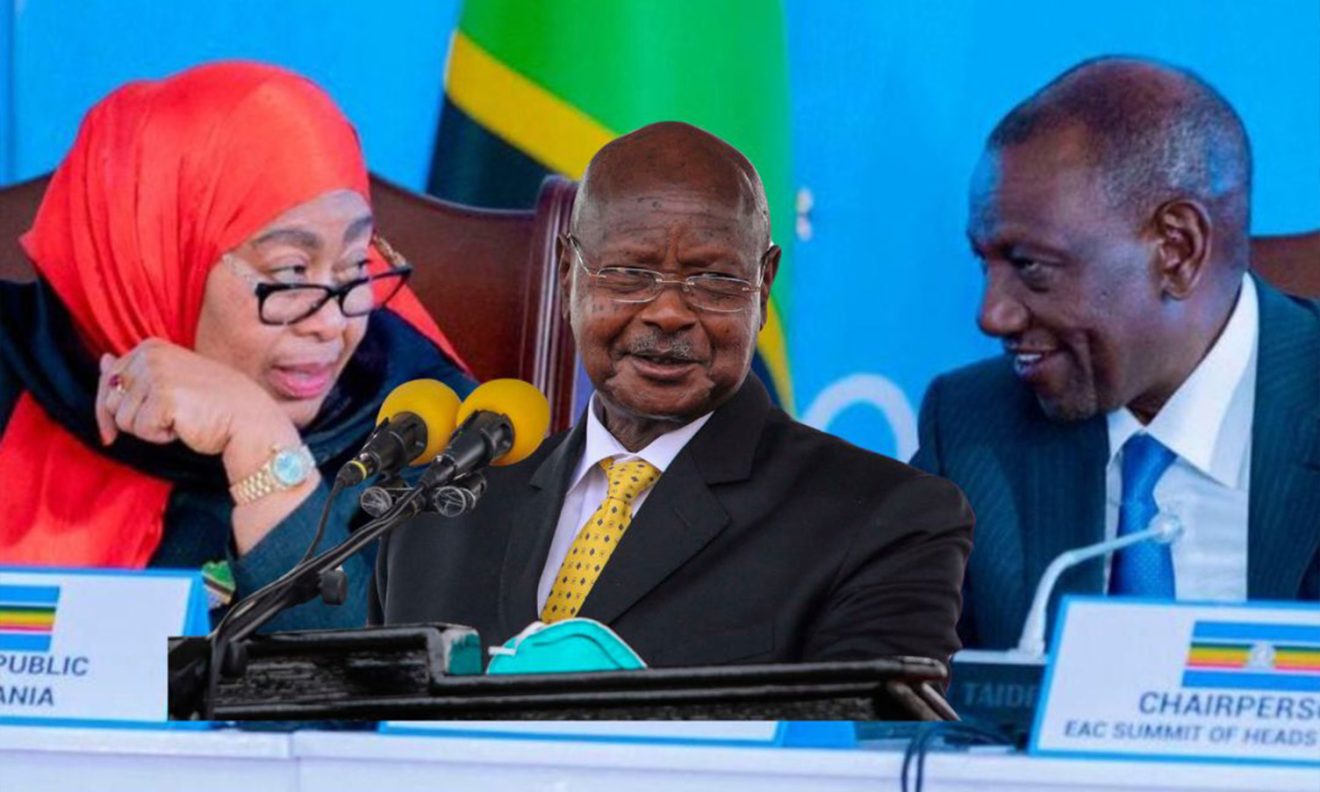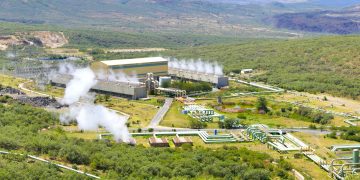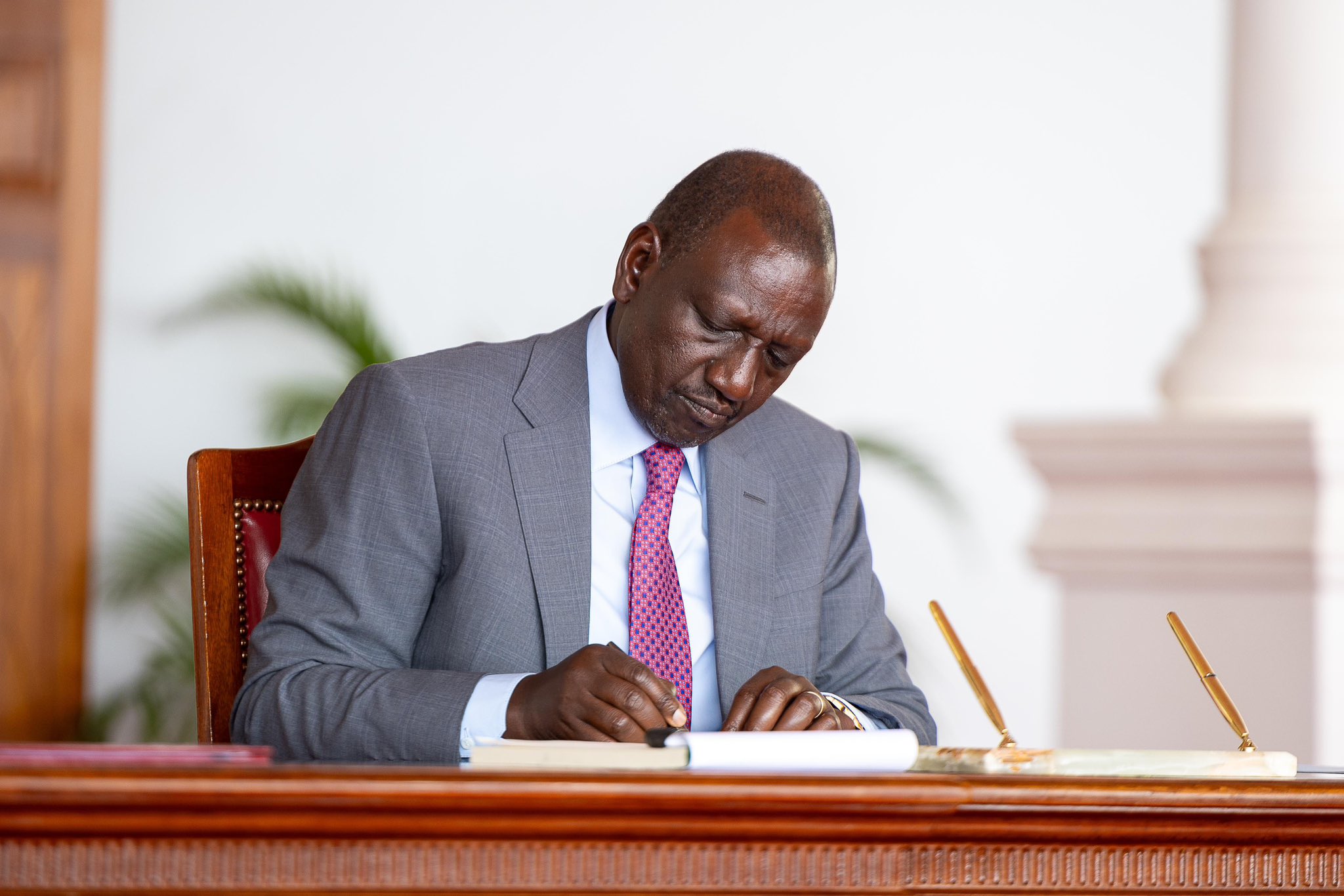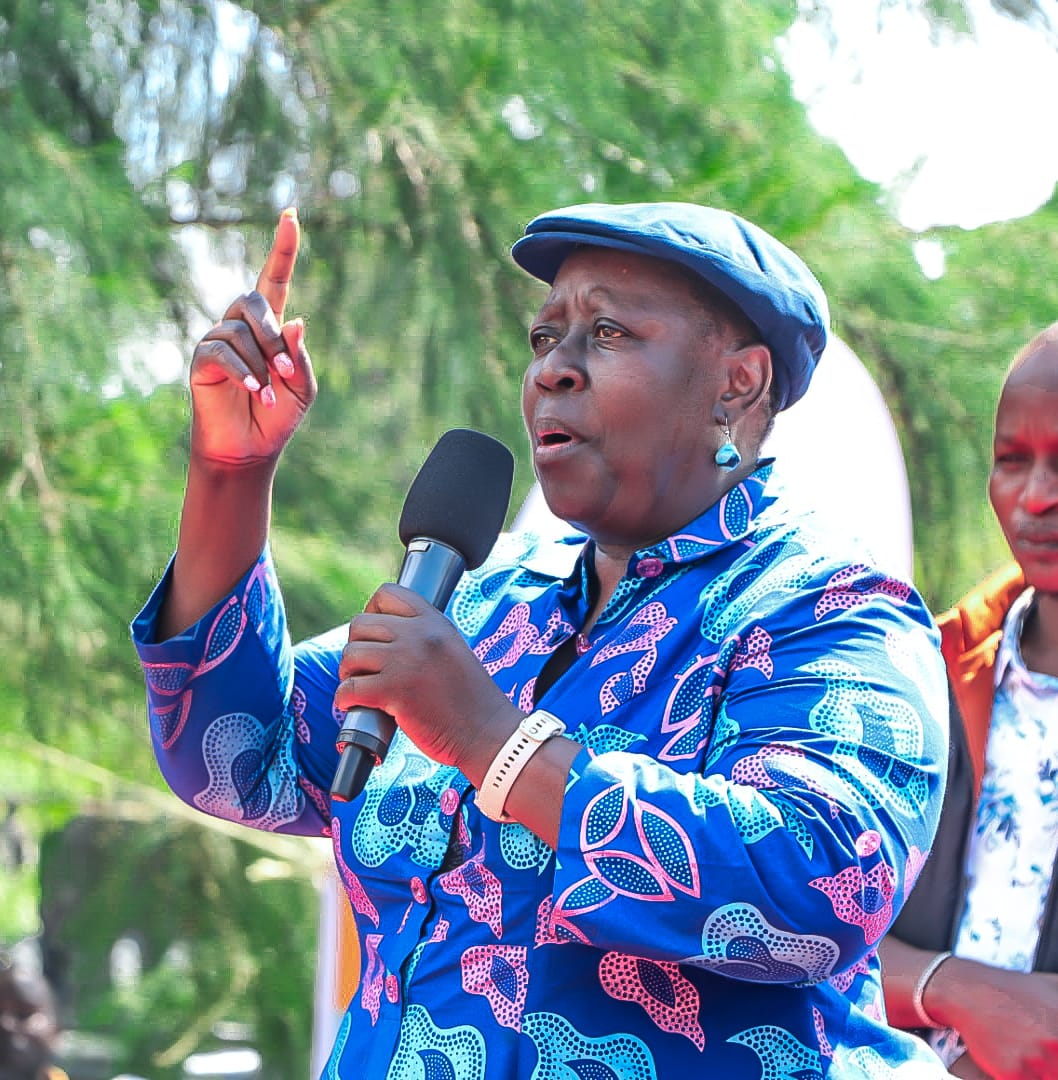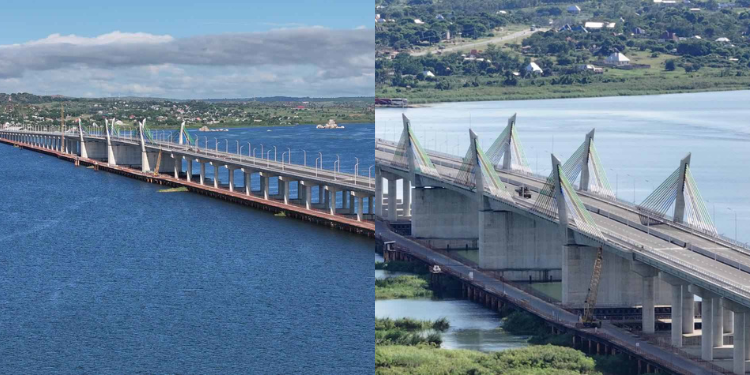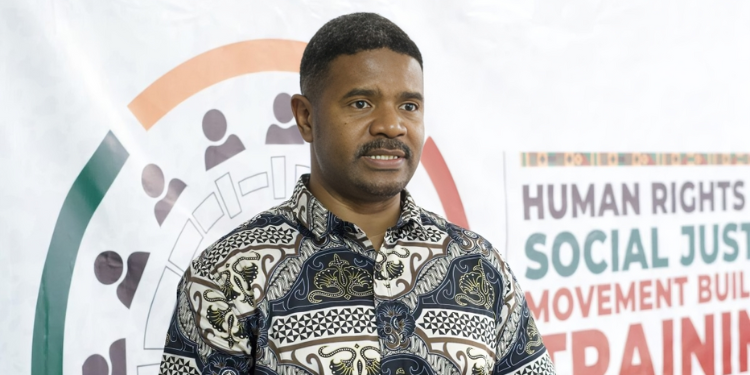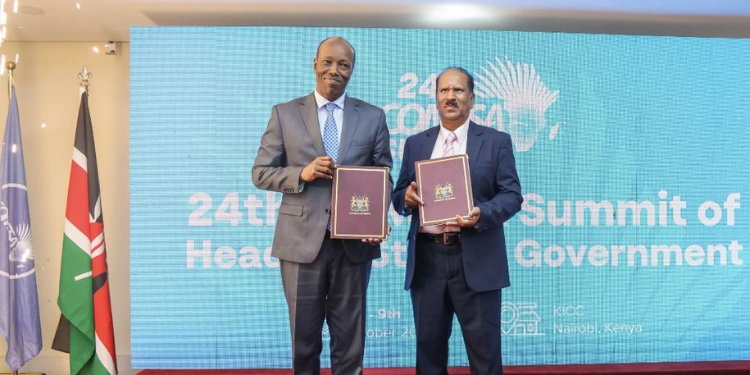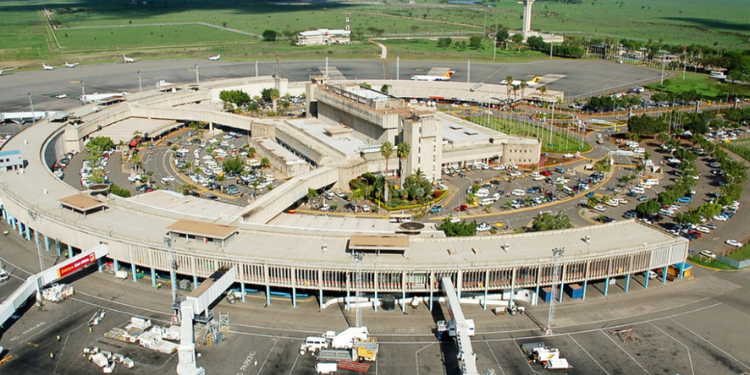Tanzania has reached a significant milestone in infrastructure development with the completion of the John Pombe Magufuli Bridge, the longest bridge in East and Central Africa.
Spanning 3.2 kilometres across the gulf of Mwanza on Lake Victoria, this engineering marvel connects the towns of Kigongo and Busisi in the northwestern Mwanza region.
The bridge is set to be officially inaugurated on June 19, 2025, by President Samia Suluhu Hassan.
Originally known as the Kigongo-Busisi bridge, the project was initiated in December 2019 under the leadership of the late President John Magufuli, who envisioned it as a catalyst for regional integration and economic growth.
After his death in 2021, the bridge was renamed in his honour. Despite facing delays due to the COVID-19 pandemic, construction was completed in May 2025.
The bridge has a width of 28.45 meters, including two carriageways, each 7.0 meters wide, for vehicles with 2.5-meter-wide emergency lanes on each side
The Magufuli bridge is notable for being the only extra-dosed cable-stayed bridge in the Lake Victoria region, a design that combines the structural advantages of both box girder and cable-stayed bridges.
Comparison of Magufuli Bridge and Others in East Africa
Additionally, the bridge- also known as the Kigongo–Busisi bridge, stands as the longest bridge in East Africa at 3.2 kilometers, stretching across the gulf of Mwanza on Lake Victoria to connect the regions of Mwanza and Geita.
This is expected to reduce travel time and boost regional trade.
While in comparison, Uganda’s new Jinja bridge though architecturally striking and strategically important as it spans the Nile, is shorter at 525 meters.
Also Read: Samia Suluhu Sends Message to Tanzanians After Boniface Mwangi’s Deportation
Kenya’s key structures like the Mtwapa bridge serve critical urban and coastal roles, but none match the sheer length and scale of Magufuli bridge, which not only surpasses its regional counterparts in size but also represents a milestone in east Africa’s push for transformative, government-funded infrastructure development.
Cost and The Contractor
The project was fully funded by the Tanzanian government at a cost of approximately $260 million (Tzs 700 billion) and executed by Chinese firms, China Civil Engineering Construction Corporation (CECC) and China Railway 15th Bureau.
Before the construction, the only means of crossing between Kigongo and Busisi was via ferry, a journey that could take up to three hours due to boarding delays and weather conditions. The new bridge reduces this travel time to just four minutes, significantly improving the efficiency of transportation in the region.
Goals of Magufuli Bridge
The bridge is part of a broader 90-kilometer highway network that includes the Sengerema-Nyehunge and Kamanga–Sengerema roads. This integrated infrastructure improves logistics efficiency, reduces transportation costs, and enhances access to essential services for rural communities.
Also Read: We Have Nothing to Learn from Kenya – Tanzania MPs Counter Kenyans
Beyond facilitating local travel, the bridge is expected to enhance trade and connectivity between Tanzania and its landlocked neighbors, including Uganda, Rwanda, Burundi, and the democratic Republic of Congo.
It forms a critical part of the Tanzanian trunk road T4, which is vital for regional commerce and integration.
The completion of the Magufuli Bridge underscores Tanzania’s commitment to advancing its infrastructure and fostering economic development through improved regional connectivity.
Follow our WhatsApp Channel and X Account for real-time news updates.


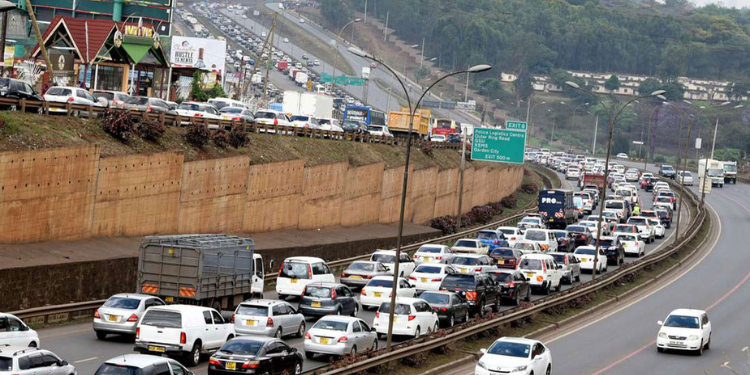
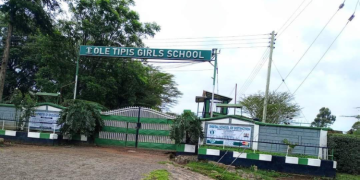
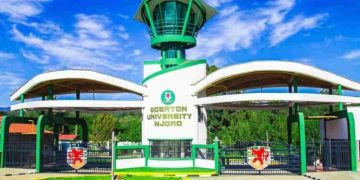
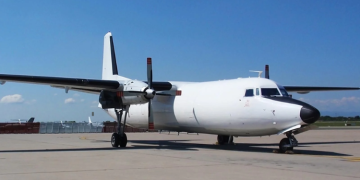
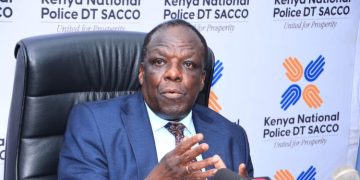
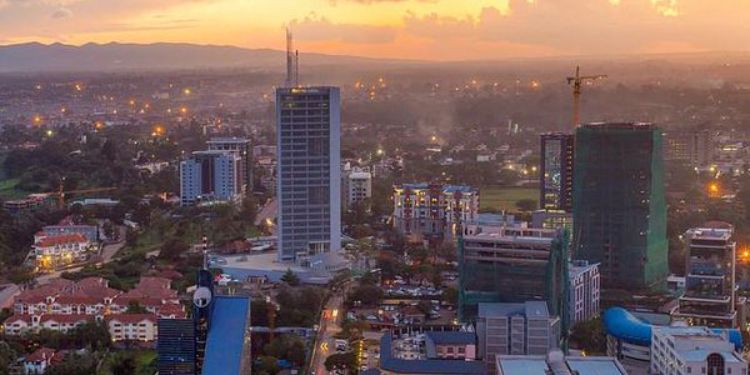
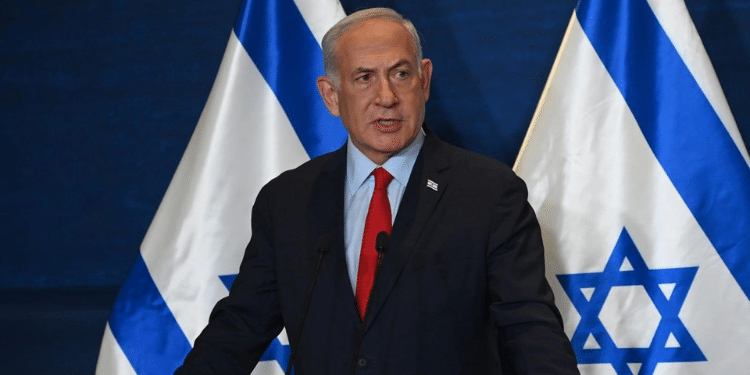
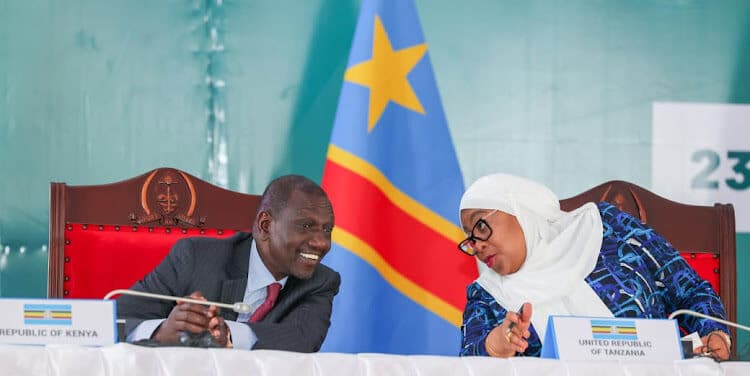




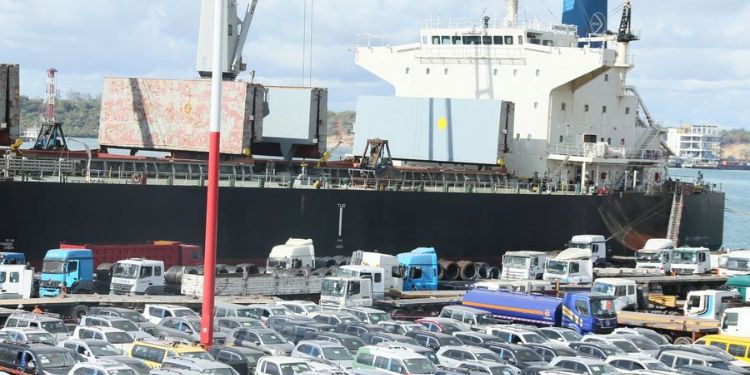

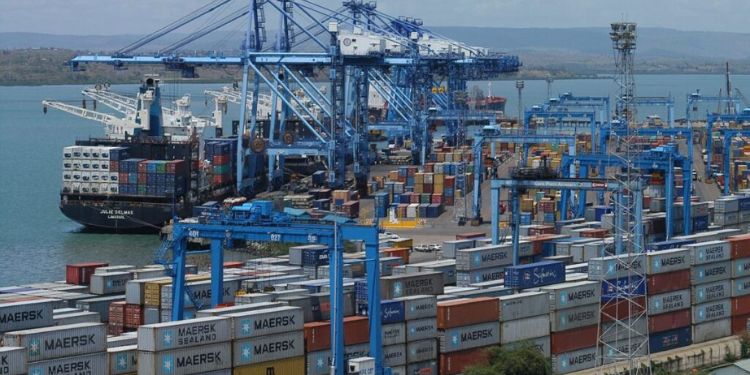

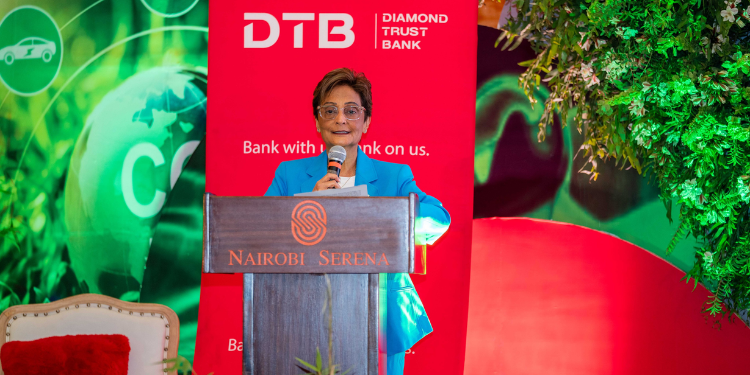
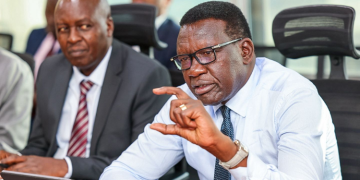
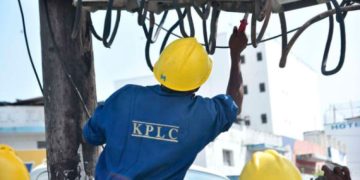

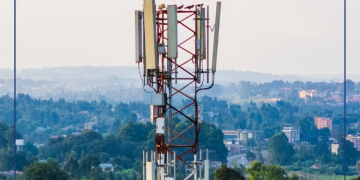
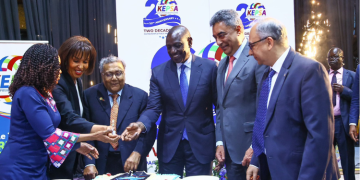


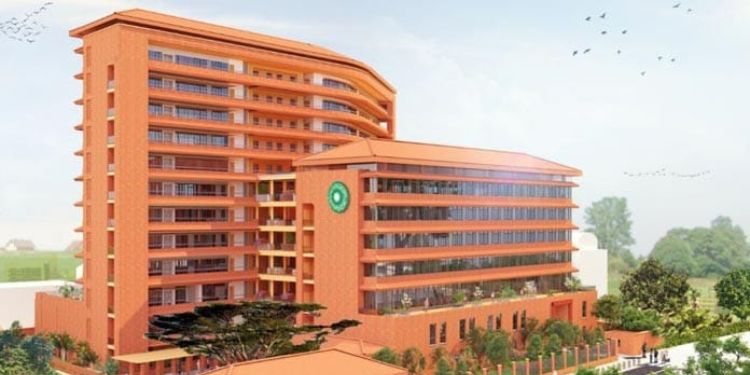
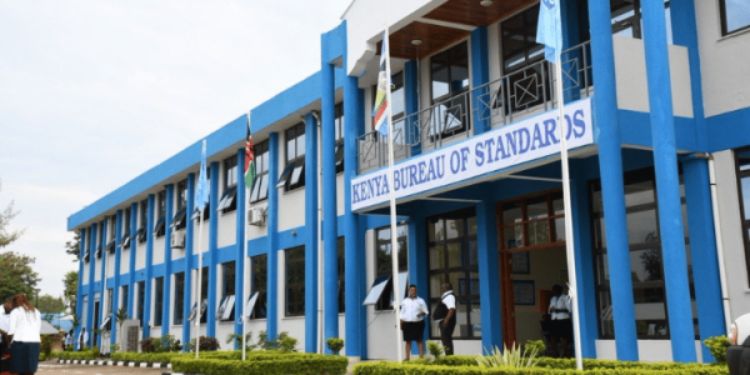
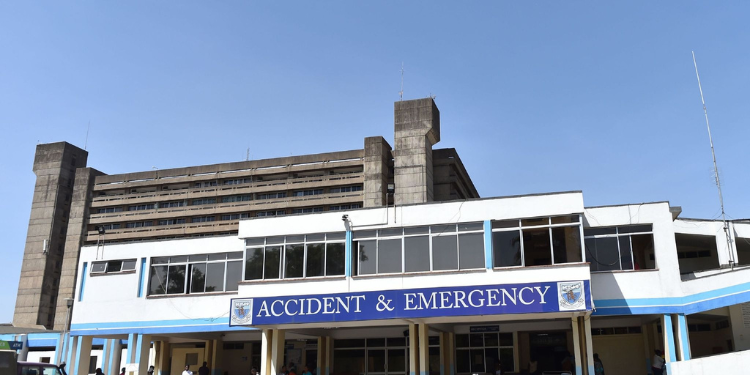


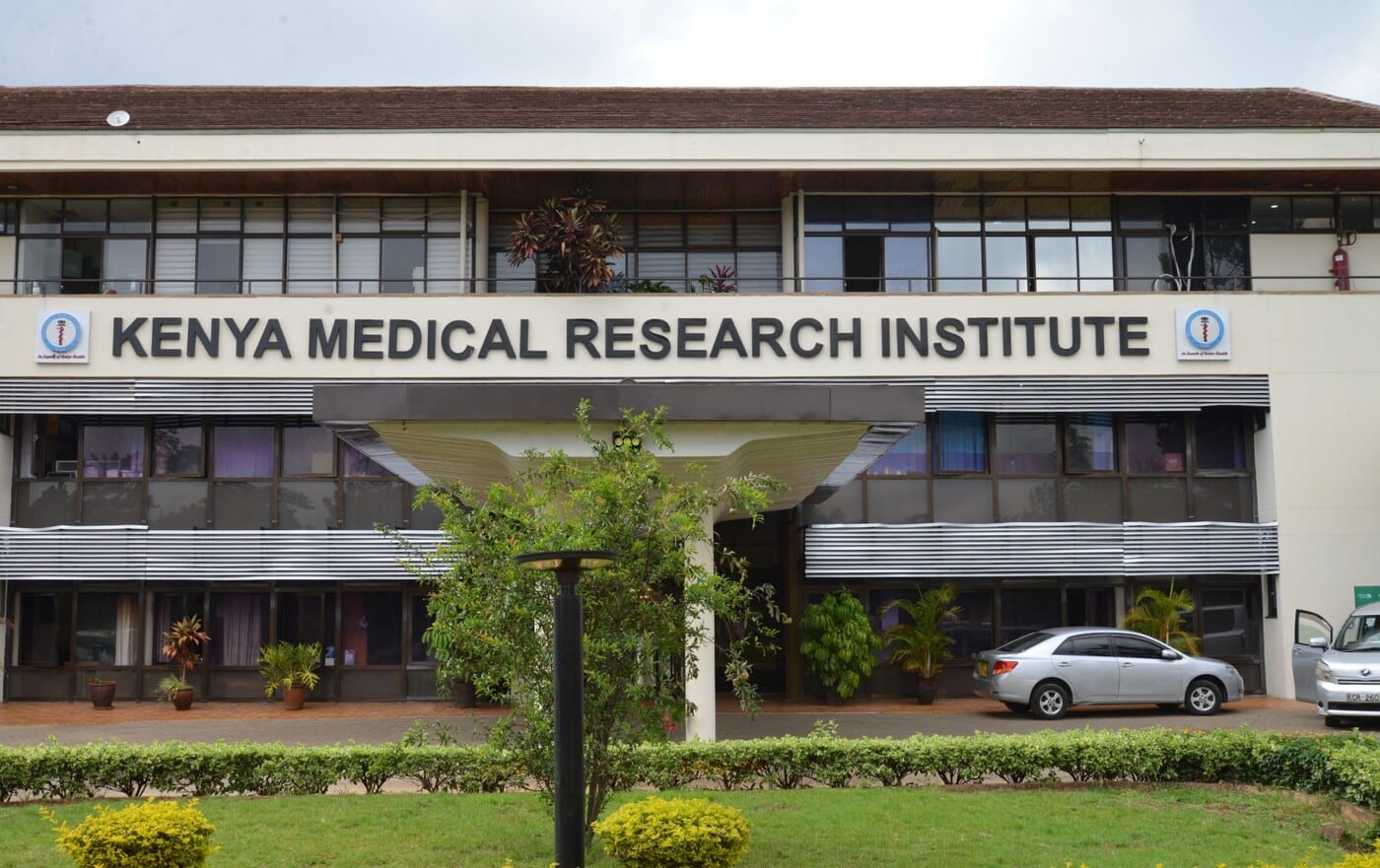
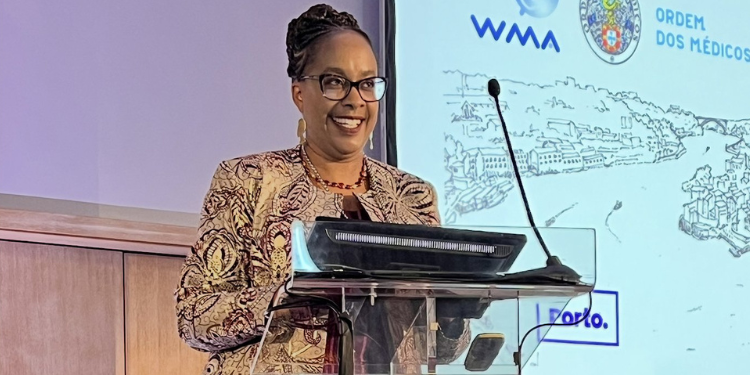
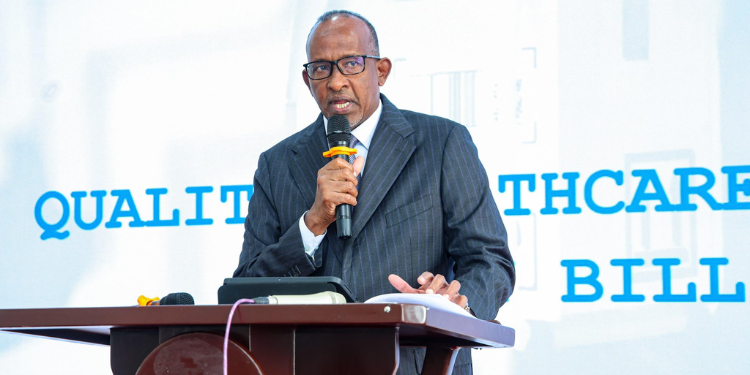




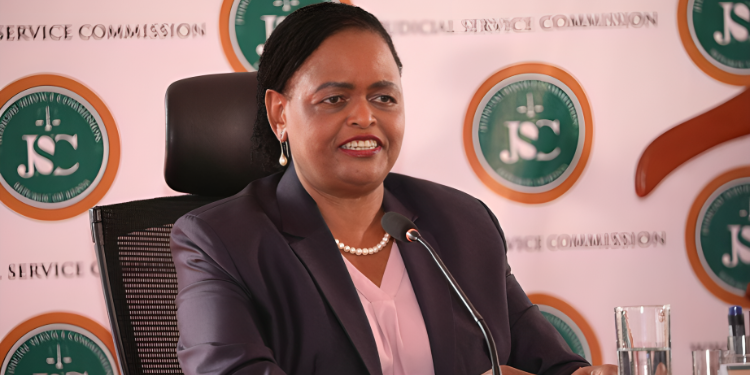
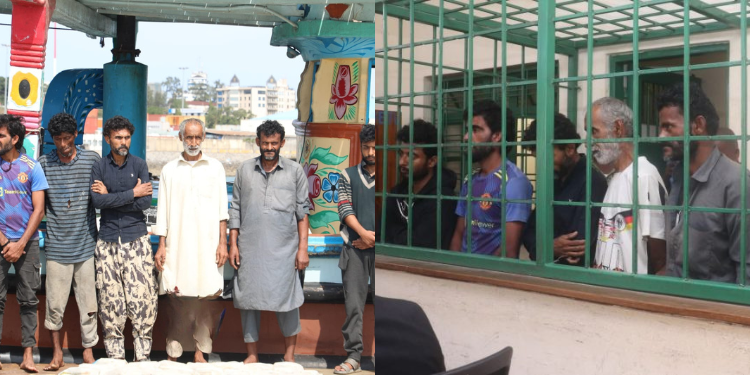
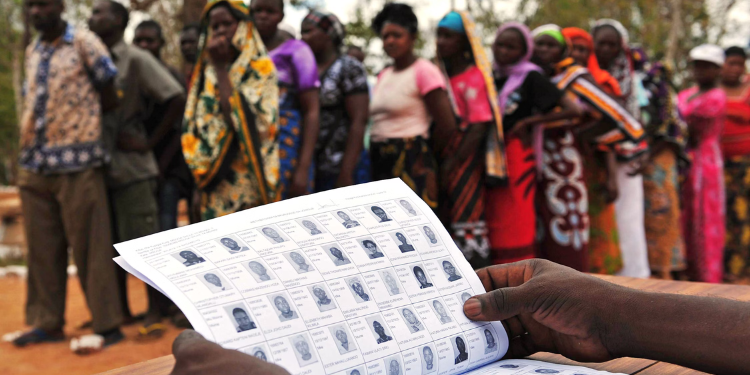
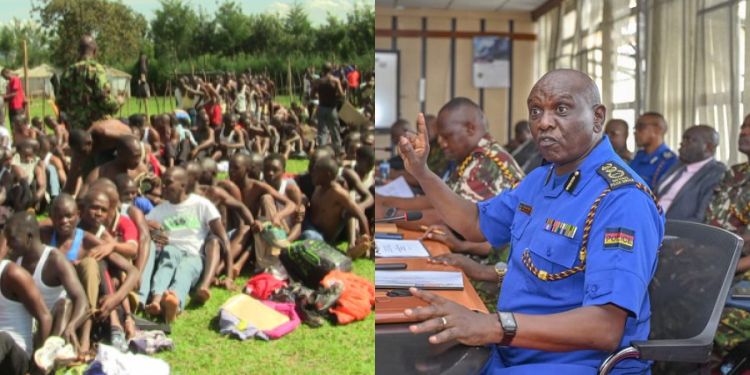







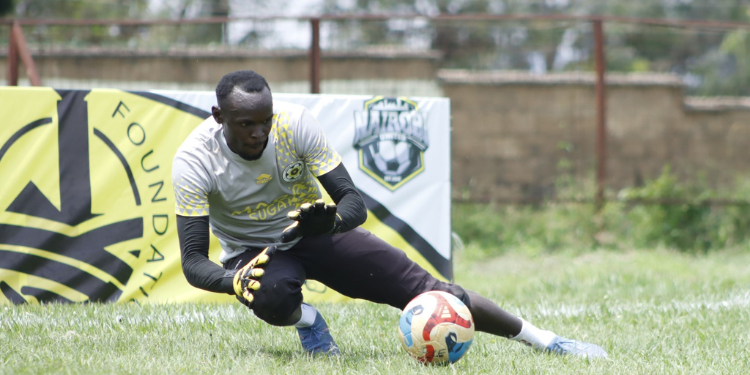

![Senator Allan Chesang And Chanelle Kittony Wed In A Colourful Ceremony [Photos] Trans Nzoia Senator Allan Chesang With Channelle Kittony/Oscar Sudi]( https://thekenyatimescdn-ese7d3e7ghdnbfa9.z01.azurefd.net/prodimages/uploads/2025/11/Trans-Nzoia-Senator-Allan-Chesang-with-Channelle-KittonyOscar-Sudi-360x180.png)

